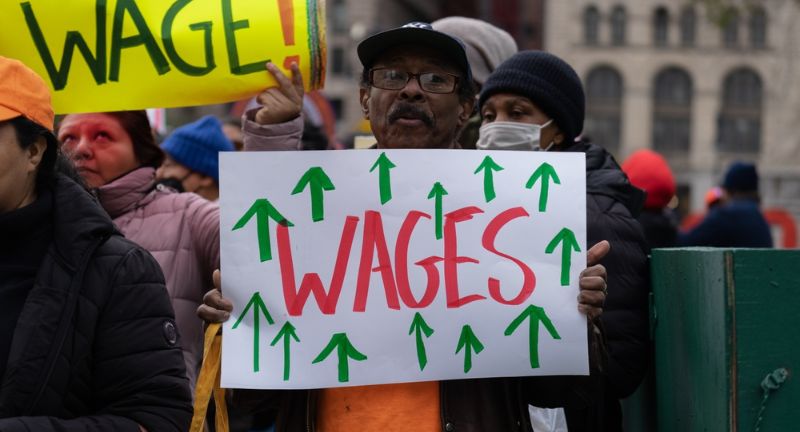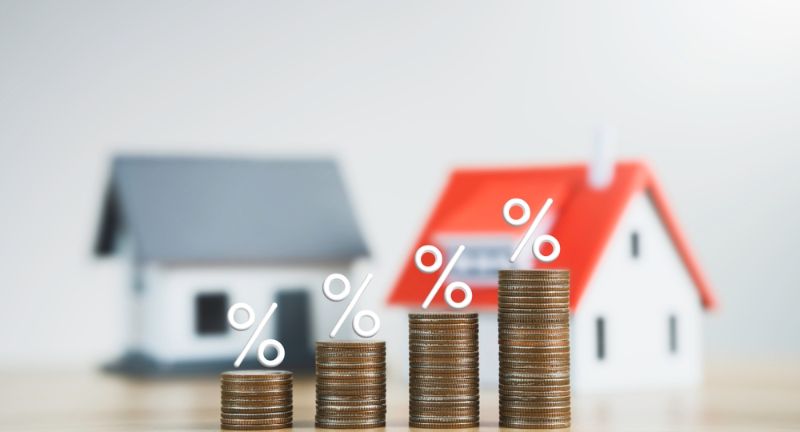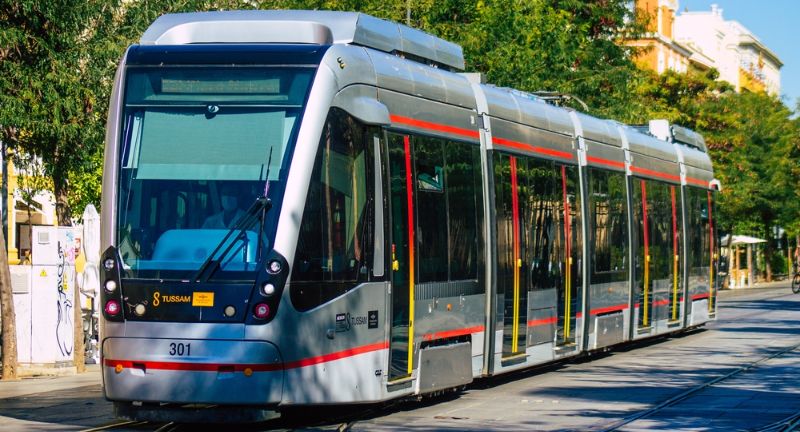NEWS
13 Reasons Why Living on the U.S. Median Income Feels Impossible Today
Published
10 months agoon

Stagnant Wages

Rising Housing Costs

Healthcare Expenses

Education Costs

Childcare Costs

Inadequate Public Transport

Food Insecurity

Lack of Savings and Investments

Credit Dependence

Minimal Wage Growth

Increased Utility Costs

Economic Inequality

Unpredictable Employment

Conclusion


More From Financially+
-


Debt Exploded Under Trump – Is Bidenomics Any Different?
-


20 Email Phrases That Drive Everyone Crazy (and What to…
-


25 Retirement Spots for Those Who Love the Great Outdoors
-


Does Gen Z Spell The End Of The Republican Party?
-


20+ Reasons Men Swear Off Dating Forever
-


20 Savvy Tips to Keep Osteoporosis at Bay
-


25 Ideal Remote Careers for Baby Boomers
-
Healthcare Workers Are Plagued By Financial Stress Amid Labor Shortages,…
-


20 Graceful Strategies for Dealing with a Rude Person


How to Stay Broke: 35 Foolproof Ways to Waste Your Money
Many people struggle with their finances, often without realizing where their hard-earned money is going. Small, seemingly harmless purchases can...


20 Grocery Store Products That Are Draining Your Wallet
When it comes to grocery shopping, it’s easy to overspend on items that seem convenient but aren’t worth the price....


Things You Need To Stop Wasting Your Money On
Managing your finances means finding and identifying moments where you might be overspending and fixing it. Many everyday purchases can...